Delicately transposed, it is the displaced materiality in Eric Baudart’s works that spurs their contemporary resonance. A cluster of plastic rolls, millimetre paper, a desk and broom composition – commonplace utensils are flushed of everyday contextualisation and repurposed to create oeuvres that titter on the edge of artifice. Edouard Malingue Gallery, Shanghai is pleased to present Baudart’s first solo show in China, ‘choo choo mama’. On display will be an array of works emblematic of Baudart’s practice, which evolves from Duchamp’s readymade, whilst simultaneously devolving from it; the works or situations proposed are not mere found objects but rather reconfigured and repurposed, composed and re-choreographed materials that have been carefully assembled or moulded to mount a delicate ballet of shapes, colour and form.
At the heart of Baudart’s work is a notion of simplicity and play. This is emphasised from the outset by the title ‘choo choo mama’, which refers quite blankly to a rock song from the 1970s by Ten Years After. There is no further association between works and title: it’s merely a playful titular tent for the works, which span previous investigations to newly created pieces. Upon entering the space, visitors are presented with Cubikron 3.3 (2017), a cuboidal grid composed of carefully arranged mattress springs. Part of a revisited series, an example of which was displayed as an outdoor sculpture in the Jardins des Tuileries, Paris (2016), the sculpture plays with the basic properties of line and oscillating light – an interest that is equally highlighted by ‘WRAP2’ (2017), composed of thirty eight rolls to create a slanted hexagon. Wit and its nascent presence is moreover emphasised by both work titles: ‘Cubikron’ on the one hand derives from the Latin cubicos and on the other hand the Greek kybikós, both signifying ‘having three dimensions’; ‘WRAP2’ referencing the materials’ everyday purpose.
Permeating Baudart’s work is equally a consideration of displacement and effect; how by virtue of presentation, one’s interaction with and perception of an object can be altered and reconsidered aesthetically. ‘Toolbox’ (2016) and ‘Hard Day’s Night’ (2017), for example, are assemblages of objects found by Baudart in Brussels at a post mortem flat sale. In ‘Toolbox’, Baudart was struck by the unintentional composition of a hundred or so individual objects, which piled together resemble in their static arrangement a form of utilitarian ‘still life’ or ‘nature morte’. A ‘Hard Day’s Night’, however, is conversely a purposely neat composition of a worn desk flanked by a broom – an empty bucket and rag neatly hidden underneath. Rather than referencing the famous Beatles song carrying the same name, the title aims to highlight the objects themselves, how they’re associated with hard work and here, folded away, appear to be resting overnight. As with ‘Toolbox’, Baudart touches upon rediscovered aesthetics of the ordinary; a ‘Hard Days Night’, however, further engages physical modes of perception – a sculptural work, Baudart invites viewers to interact with it, touring around it.
Baudart is also concerned with process; how beyond the material, its properties and original significance as well as use can be reconfigured or represented by a manner of practice. This consideration is key to Baudart’s running ‘Millimetre Paper’ series. Traditionally rendered in classic blue graph paper, they appear at first sight as distant light cerulean and white abstractions. For ‘choo choo Mama’, however, Baudart took the series a step further tonally, creating works following the primary CMYK colours: cyan, magenta, yellow and black. By removing the element of personal tonal choice, Baudart references the found object – the tonal blocks creating a visual matrix that contrasts with the seeming abstraction. Upon closer inspection, however, they are revealed to be the product of the disciplined millimetre-by-millimetre act of scratching the thick architectural paper. Compulsive and rigorous, yet delicate and detailed, the series recalls repetitive motion and quiet monotony with the task of threading a surface.
A final key theme that delicately runs through certain works is movement. ‘Revolution’, for example, echoes the found object aesthetic of ‘Tool Box’ and a ‘Hard Day’s Night’ but adds a further element of physical engagement: a rundown standup fan found in Miami several years back, the motor was purposely changed to operate at the slower pace of five revolutions per minute. Taking this notion of altered motion a step further is Baudart’s major sculpture ‘Atmosphère’ (2016), presented on the West Bund waterfront. An evolution from his running series bearing the same title in which he places various types of operating ventilators in a clear aquarium filled with yellow canola oil, ‘Atmosphère’ takes on a larger than life form so that the viewer’s interaction with the artwork is shifted from one of peering to that of being physically absorbed. Absurd, humorous and mildly perturbing, the apparatus operates, moving in a cyclical motion against the thick substance, creating slow, citrine ripples. The sculpture series takes inspiration from a conversation between Marcel Duchamp, Fernand Léger and Constantin Brancusi, when Duchamp, hinting to the perfection of natural simplicity, announced ‘Painting is dead. Who could make something better than this propeller? Could you?’
Eric Baudart has been widely exhibited internationally with group exhibitions at the MAMCO, Geneva; Le Petit Palais, Paris; La Centrale for Contemporary Art, Brussels; Bass Museum of Art, Miami as well as solo exhibitions at the Fondation d’entreprise Ricard, Paris and La Maison Rouge, Paris, amongst other locations. In 2011 he was the recipient of the Meurice Prize for contemporary art. Moreover, his practice has been written about in multiple publications, including Mousse Magazine, Slash Paris, The Art Newspaper, Financial Times, CNN and The Wall Street Journal. Baudart’s work is held in various notable museum collections, including the MFA, Boston and the MAMCO, Geneva.
choo choo mama... Eric Baudart
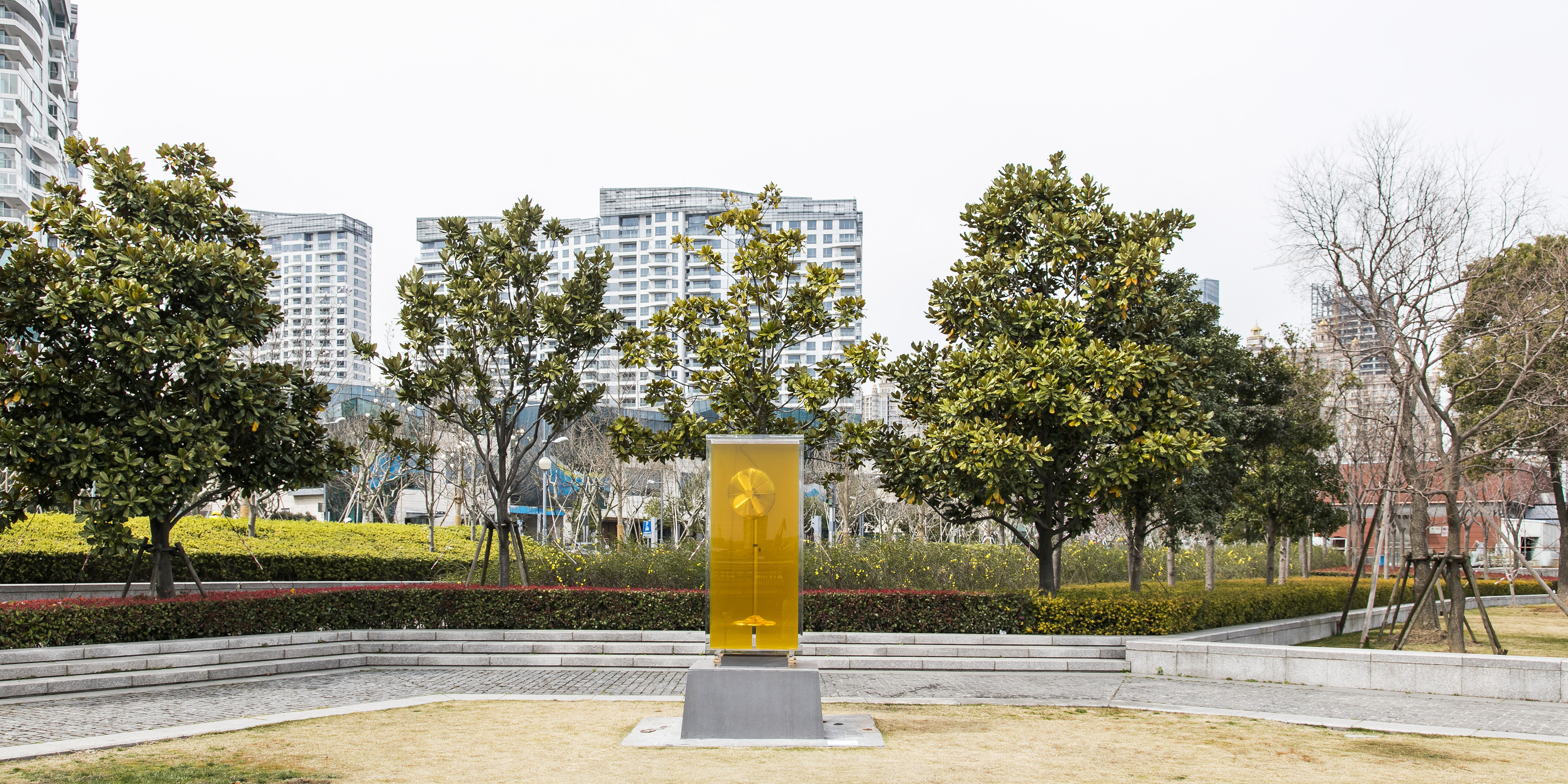
‘Atmosphère’, 2016
Aquarium, vegetable oil, electric fan
183 x 82 x 82 cm
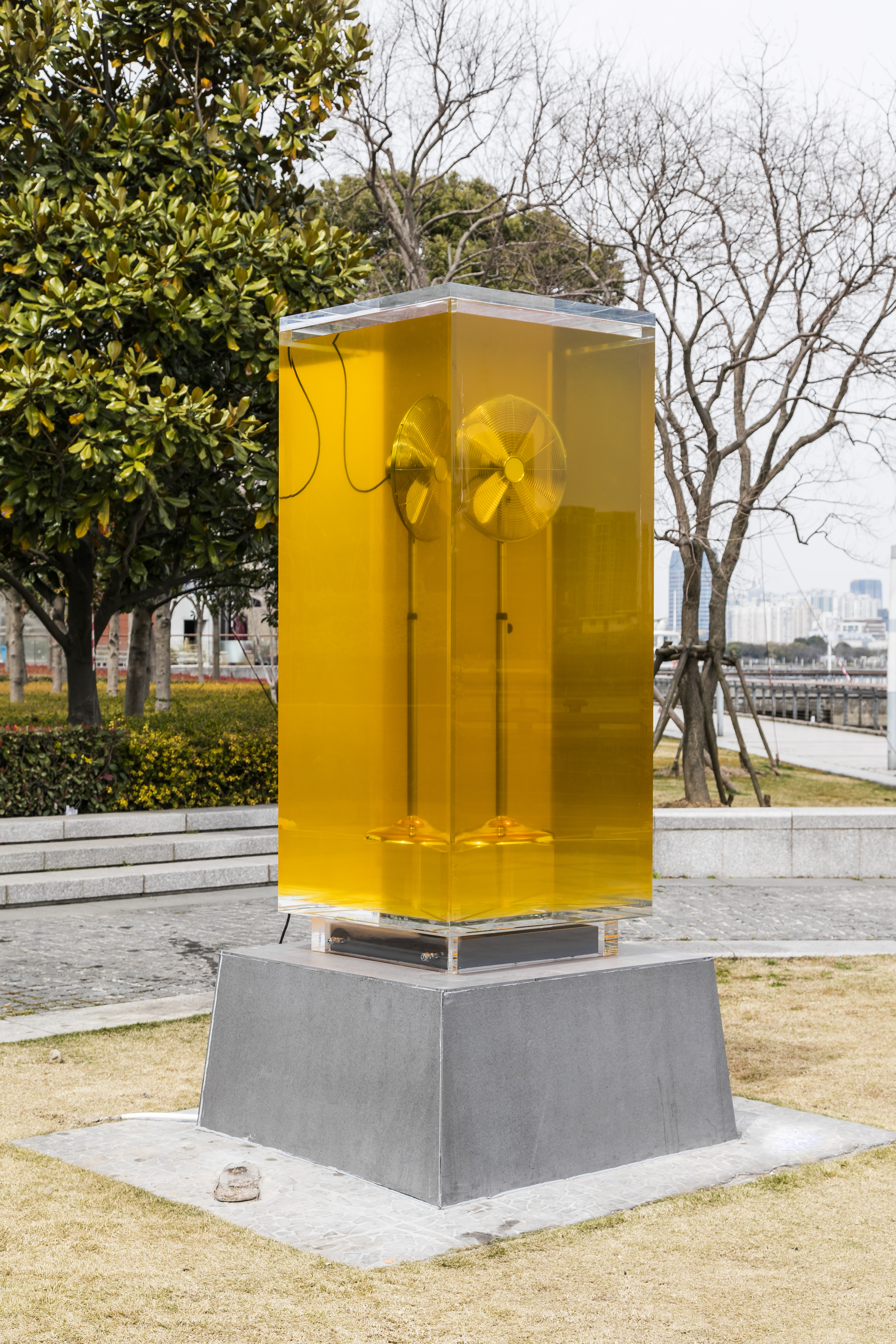
‘Atmosphère’, 2016
Aquarium, vegetable oil, electric fan
183 x 82 x 82 cm
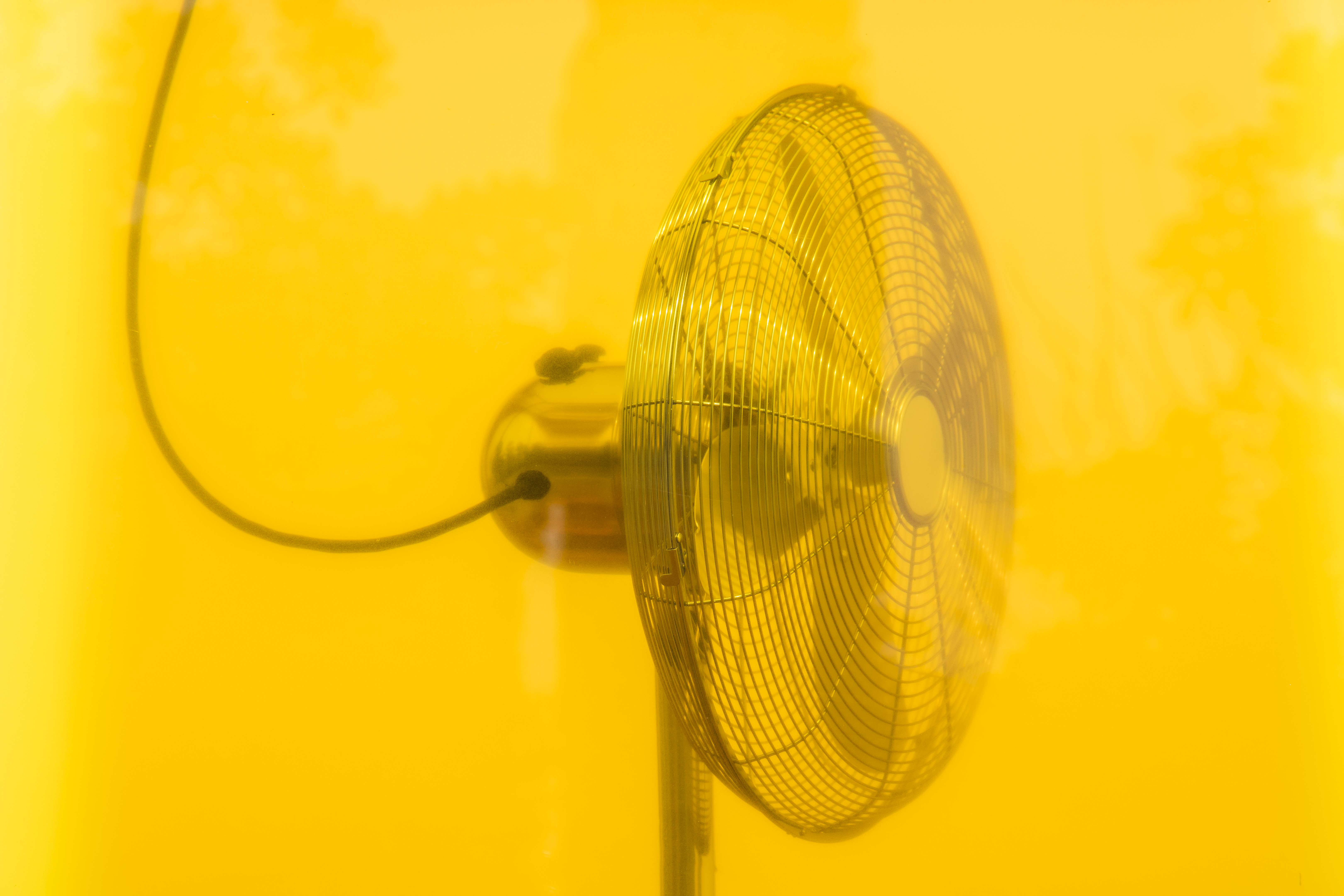
‘Atmosphère’, 2016
Aquarium, vegetable oil, electric fan
183 x 82 x 82 cm
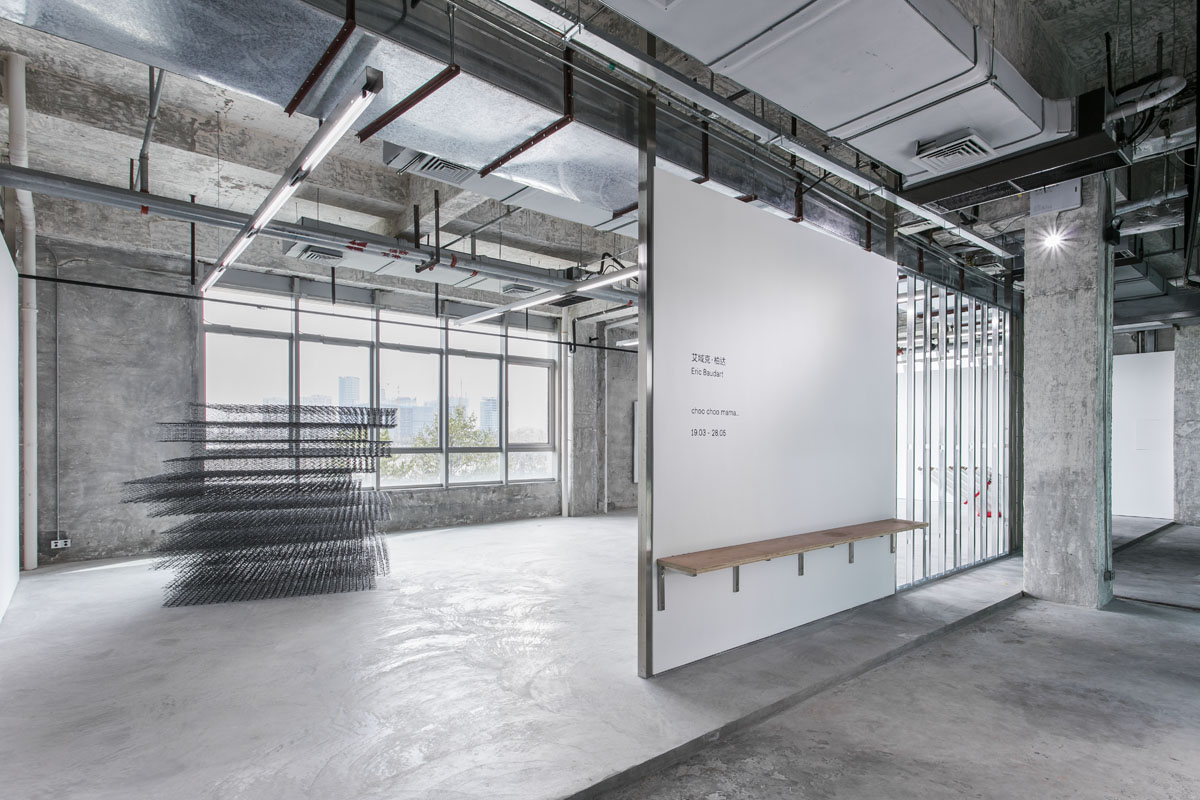
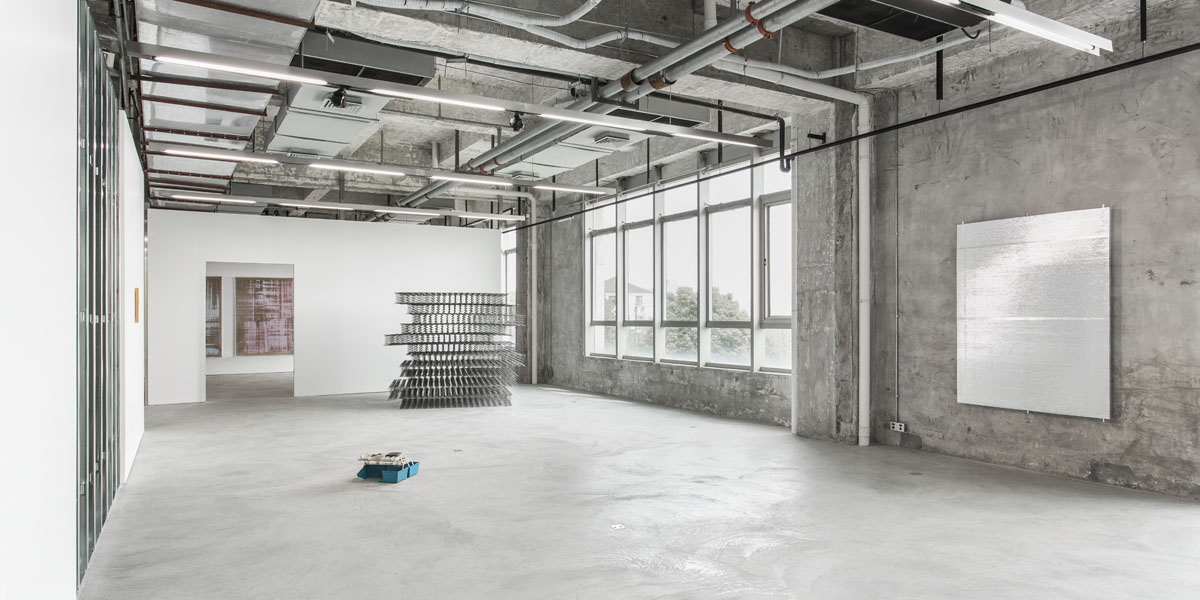
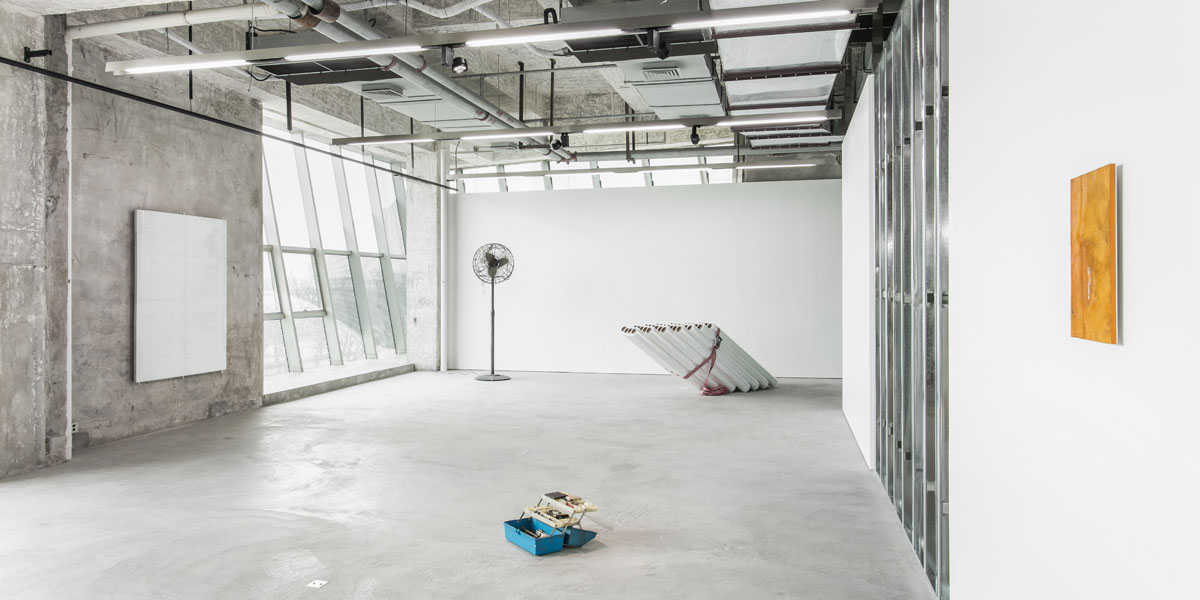
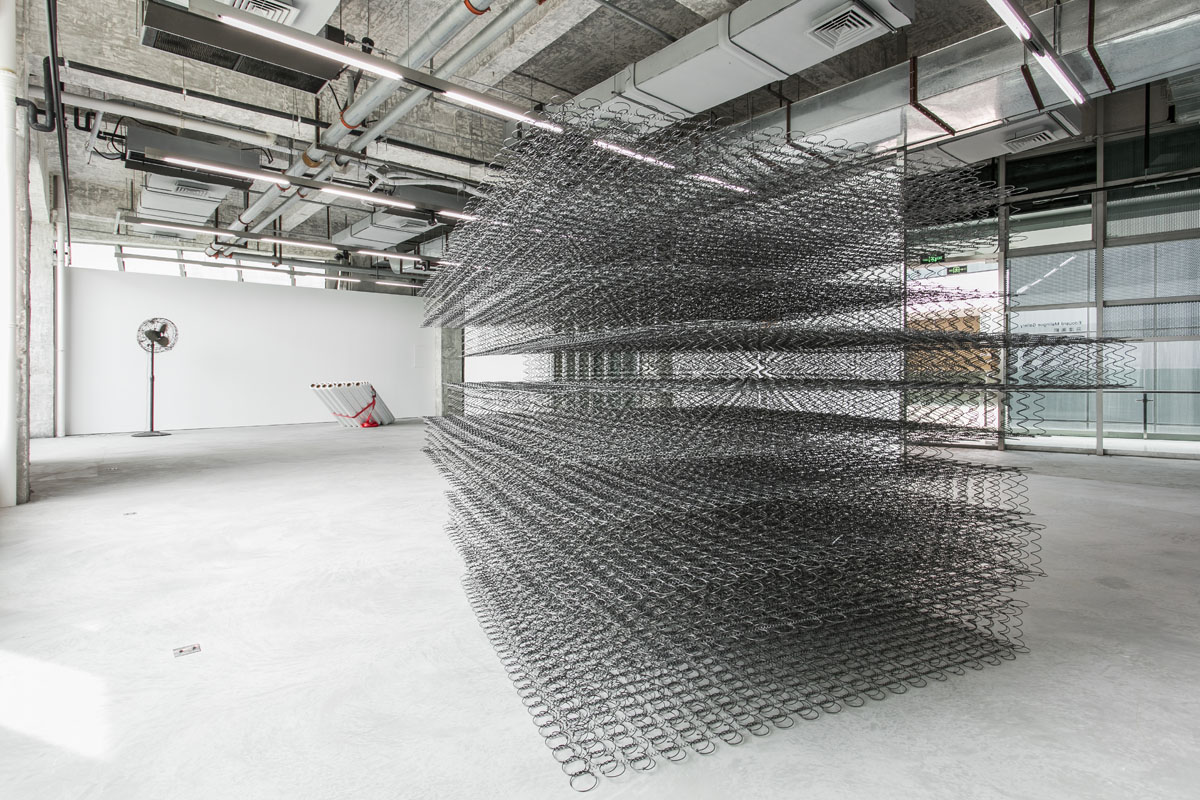
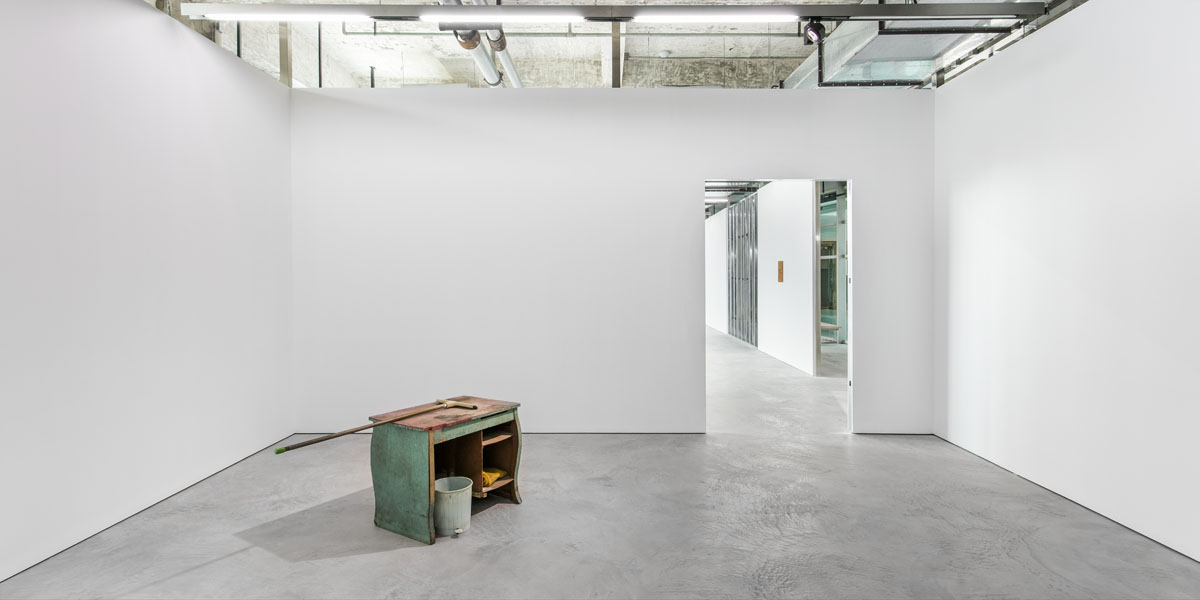

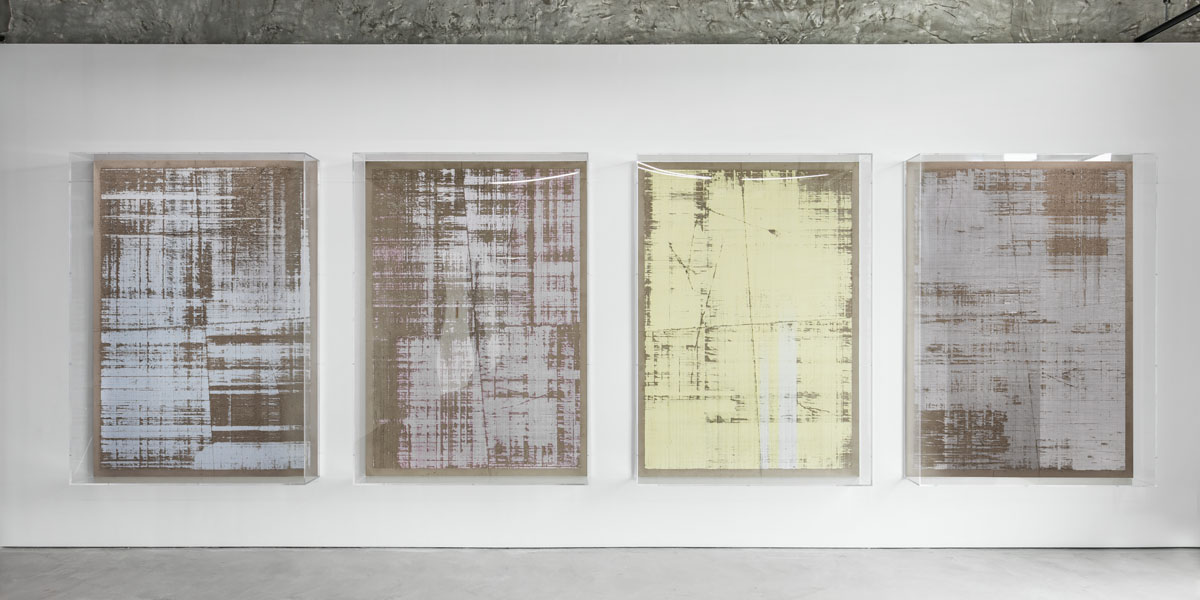
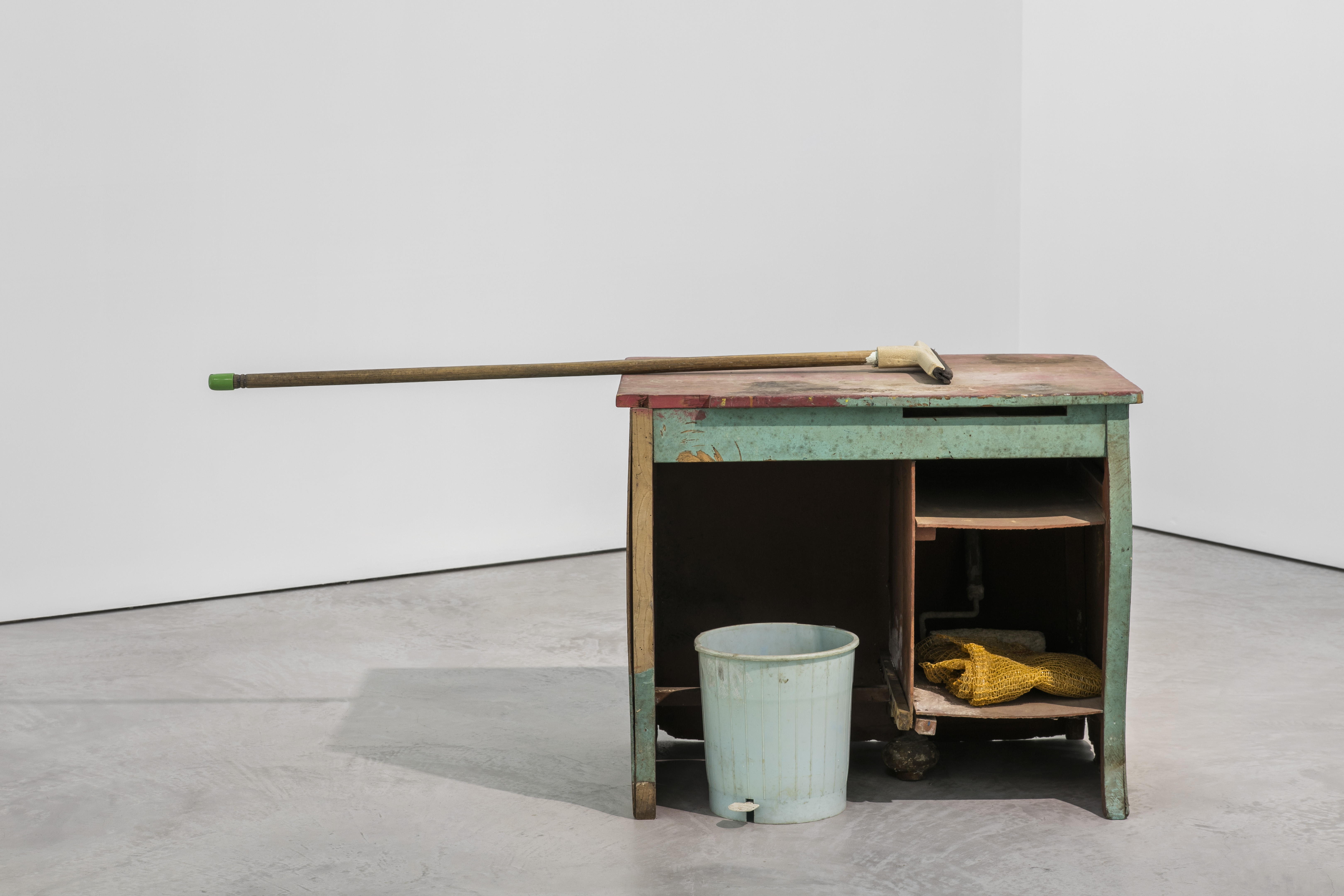
Hard Day’s Night
2017
wood, plastic
80 x 65 x 60 cm
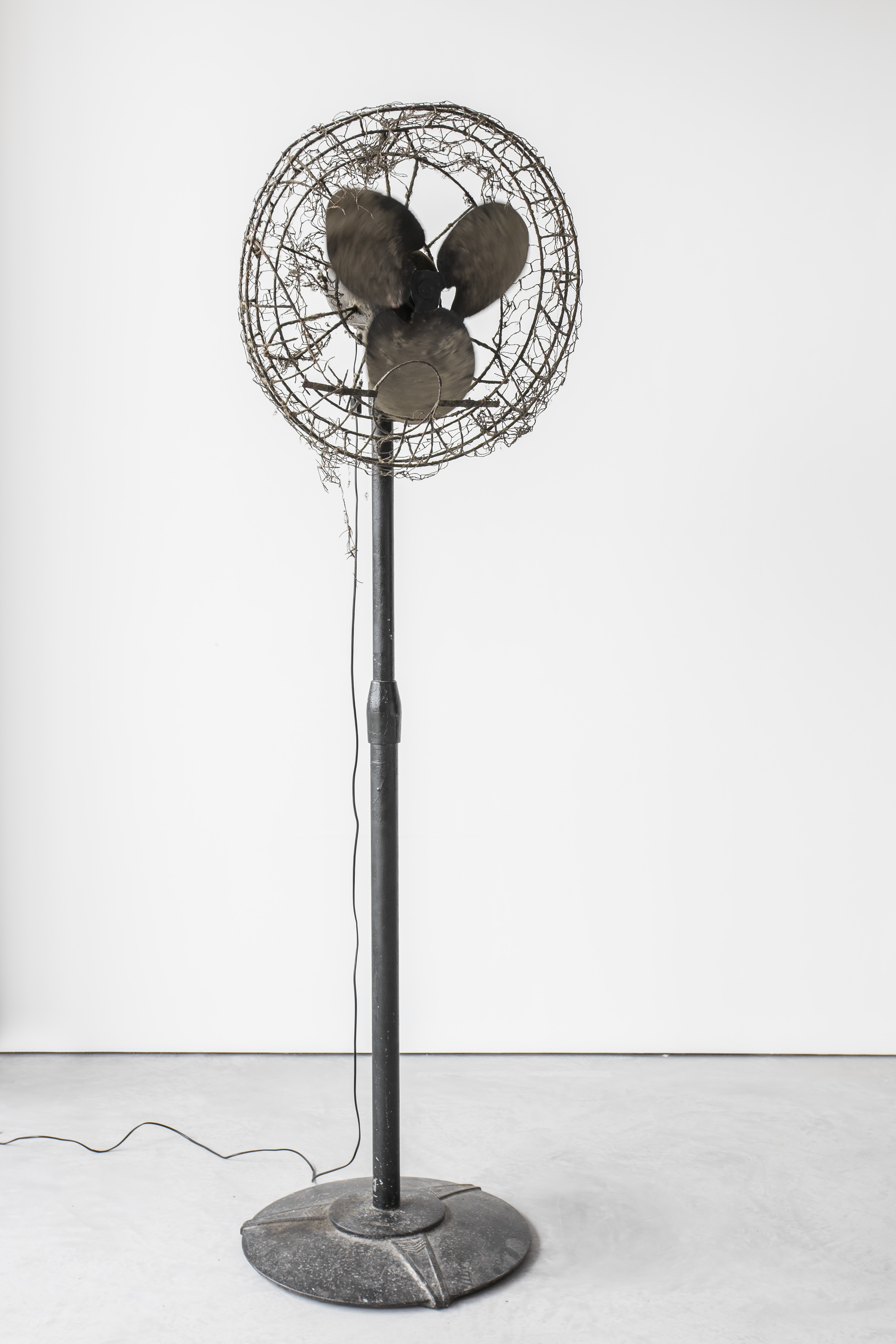
Revolution
2016
steel, micro motor
227 x 80 x 80 cm
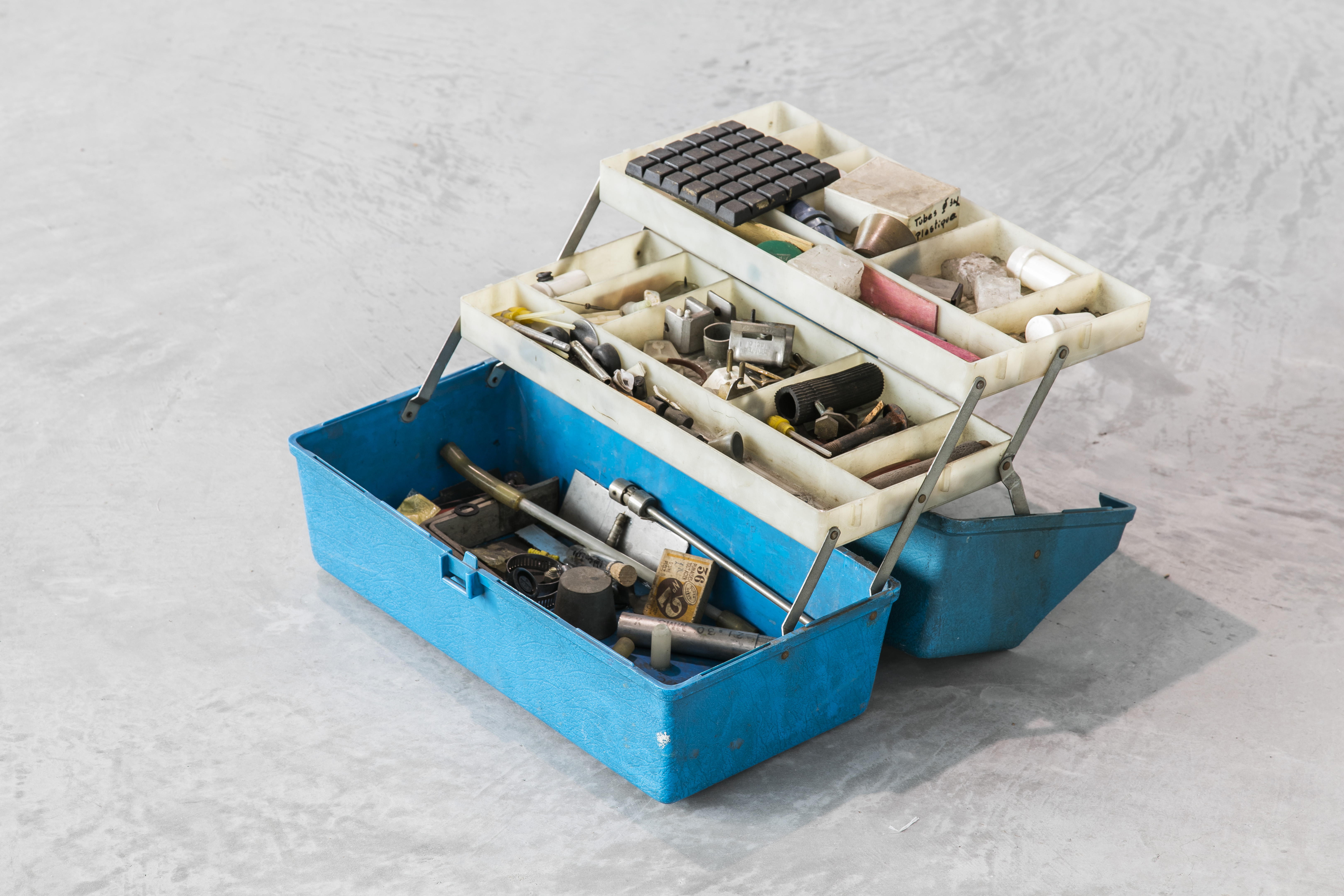
Tool Box
2016
plastic, steel and others
50 x 45 x 20 cm
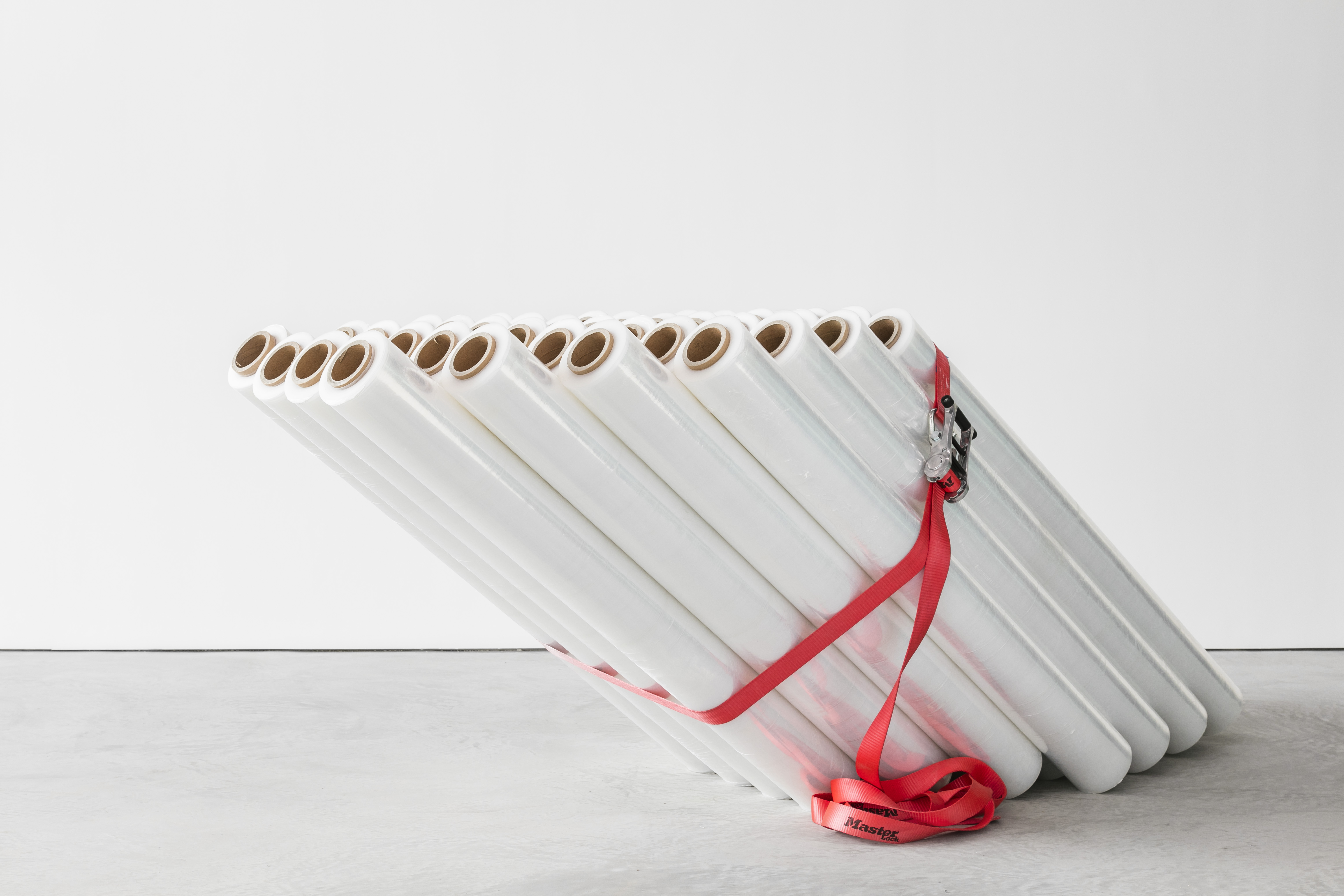
WRAP2
2017
polyester, cardboard, nylon
140 x 140 x 140 cm